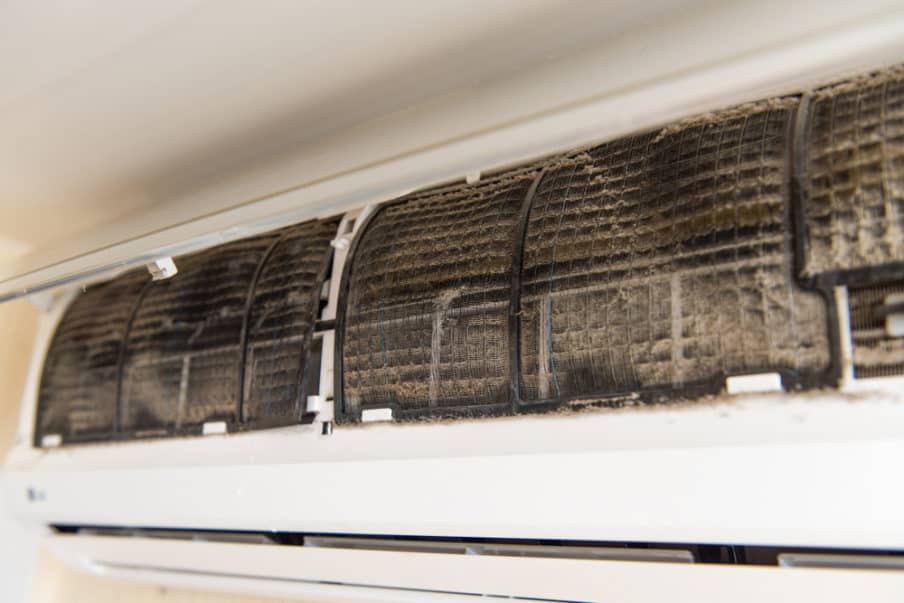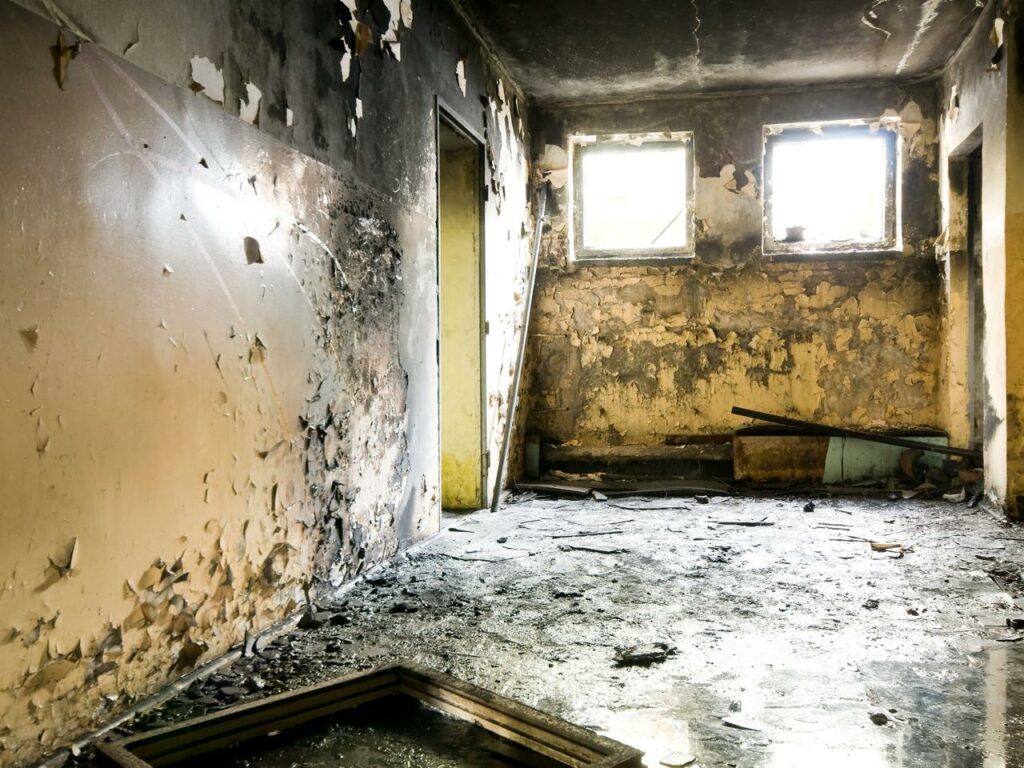Mold in the home can be very bad for your health and potentially deadly if gone unchecked. Mold needs moisture to grow, and your house has plenty of sources that can provide the ideal environment for it to grow. Areas such as bathrooms, basements, in the walls where pipes can leak are all hotbeds for mold spores to multiply and cause health problems. Mold is a fungus that is an essential part of our environment. In nature fungus naturally occurs and is needed to help natural materials breakdown.
Sometimes mold is called mildew, but generally, it is associated with or used to describe offensive things, such as bread, or the damp smell of an unfinished basement.
It is safe to assume; no one wants mold growth in their homes. Mold is a living organism and is a fungus. There are many types of fungus, that range in colors. There are many types of molds, but those that tend to thrive in the home are Trichoderma, Acremonium, Dreschslera, Epiciccum, and Stachybotrys,
The scientific community has conducted several studies on molds and its effect on humans. There is strong scientific evidence that highlights the correlation between human exospore to mold and chronic coughing, wheezing and respiratory tract infections.
The findings yielded evidence to support these same adverse effects on individuals without asthma. Similar studies on human exposure to environments optimal for mold found there is substantial evidence supporting children exposed to these environments are at a higher risk of developing respiratory problems later in life.
How does mold get in the home?

Mold is naturally in the environment all around us, as it is needed in nature to help in the decomposition process. It is impossible to prevent mold from entering your house, as it comes through your vents, windows, doors, etc.., generally, any place that exposed to the outdoor environment. The key to keeping your home free from mold is not allowing environments optimal for mold growth to occur. Mold needs moist environments to thrive, so ensuring trouble areas are dry is critical. There are common areas mold tends to grow once in your home. Mold is a plant that is both leafless and has no roots.
Bathrooms
The bathroom is the most common place mold for in the home. In the shower and bathtub area, in the cracks of tiles, under sinks and toilets. Bathrooms are the most humid areas in your home, this combined with the daily exposure to water from everyday use makes this an area to watch.
Pipes
Behind walls and underneath floors is another probable area for mold to thrive in the home. Pipes behind walls and under floors may have leaks which over time can become a breeding ground for mold to latch on and multiply.
Kitchen
The kitchen is another area to keep an eye on. The kitchen sink, stove, and refrigerator tend to be continuously exposed to moisture in the form of food and or water, and can easily create an optimal environment for mold to thrive and multiply rapidly.
Central Air Units

Another area to keep watch is the heating and cooling systems in the home. Air conditioner units are often a perfect place for mold because air conditioners remove the moisture from the air and compress it, this is especially true for window air-conditioning units.
Other areas not as common as those mentioned above are mattresses and coaches, especially if you have small children. All it takes is for a little one to spill a beverage on the bed or couch and mold can latch on and multiply rapidly. Plants are another area you want to be sure not overlook, as these can be ideal environments as well.
Attics, Crawlspaces, and Chimneys
Attics, especially those that are unfinished, can be a potentially dangerous place for mold to grow. Often the roof of the home may have a minor leak, minor enough for you not to notice. Chimneys are also familiar places for mold to grow. Most fireplaces are dark and damp when not being used and is a perfect place for mold to grow.
Mold and your health
Mold spores in the home can hurt people with respiratory health problems. Exposure to mold can cause many identifiable symptoms ranging from coughing, itchy eyes, and generally noticeable irritation to the eyes, lungs, and nose. Individuals with known allergies to mold need to take additional steps to ensure they avoid exposure because this can initiate an asthma attack. The elderly and other people with weaker immune systems, including infants, or people with HIV, cancer patients with weakened immune systems from chemotherapy or lung disease are especially susceptible to serious health risk when exposed to mold.
What can you do?

Since mold is all around us, you can’t prevent your home from being exposed to mold. You can, however, stop an environment that is optimal for mold growth. Keeping your home clean by addressing spills, and keeping curtains, carpets and other areas clean is essential. Ensuring your home has proper ventilation and low humidity is critical.
Mold Remediation
Mold infestation can not only cause significant health problems but can also cause severe damage to the structure or materials it is thriving in or on. It is virtually impossible to remove all the mold, as it is all around us; however, mold remediation is a useful measure to illuminate your mold problem. After a thorough inspection to identify the infected areas, affected materials should be eliminated. Once the damaged materials are physically removed, we must determine the source of the moisture. Failure to identify the water source will only create a temporary fix to the problem. Once the water source and materials have been identified and eradicated the surrounding areas are cleaned. The mold remediation process includes the need for specially formulated chemicals to ensure the area is clean and mold free. Once the area is cleaned, and any damaged materials have been restored another thorough inspection should be conducted to ensure the process was a success.






